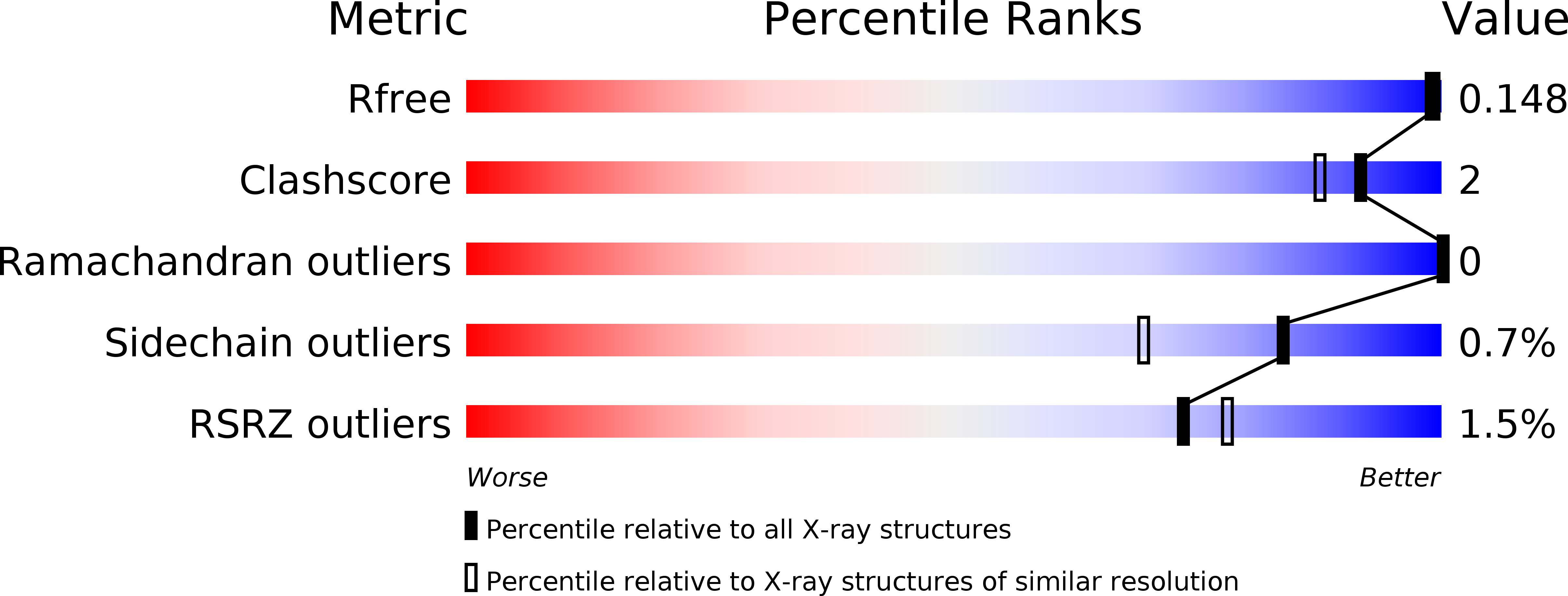
Deposition Date
2013-09-15
Release Date
2014-08-27
Last Version Date
2024-02-28
Method Details:
Experimental Method:
Resolution:
1.50 Å
R-Value Free:
0.14
R-Value Work:
0.11
R-Value Observed:
0.12
Space Group:
I 2 2 2


